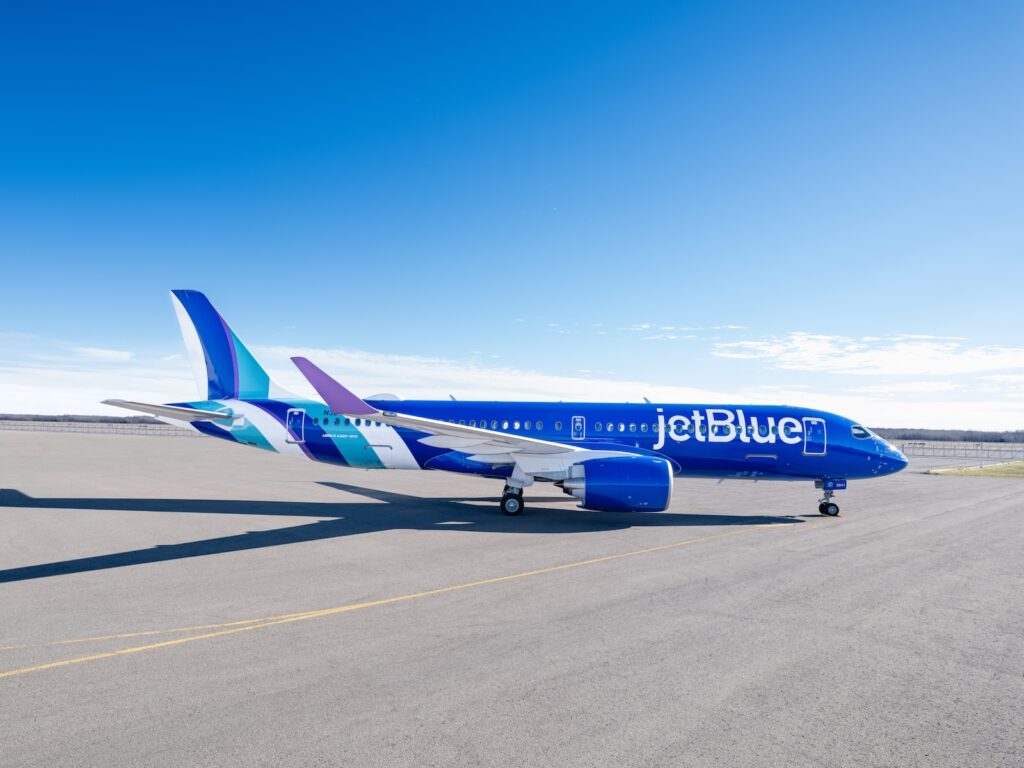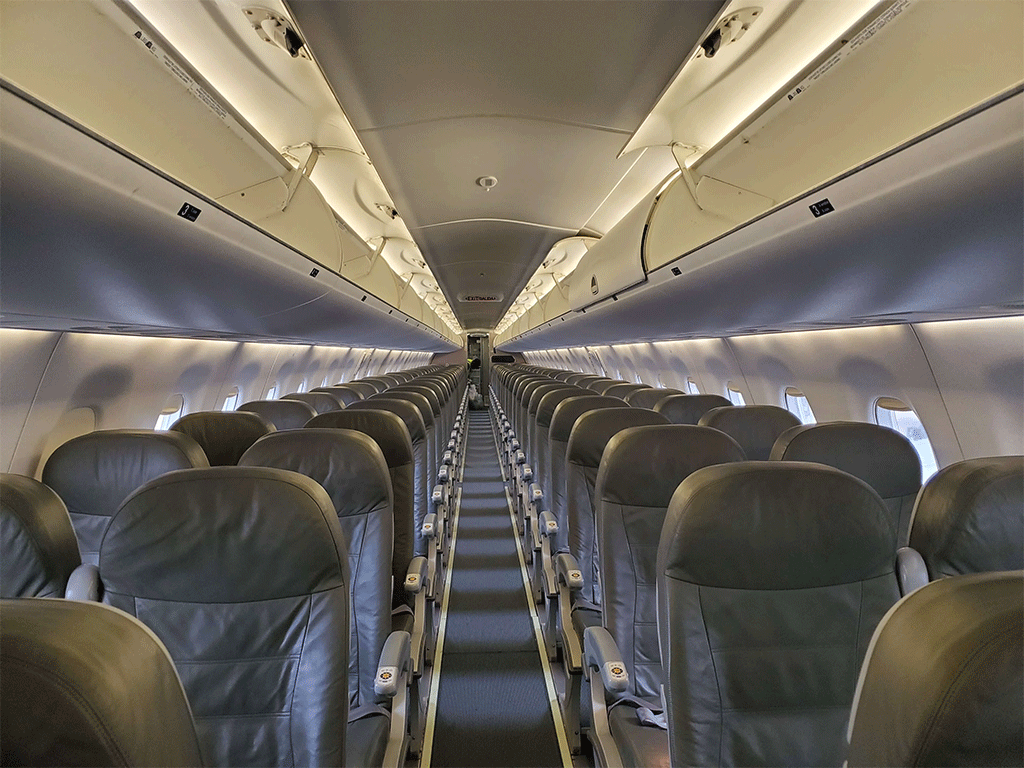Advertiser & Editorial Disclosure: The Bulkhead Seat earns an affiliate commission for anyone approved through the links below. This compensation may impact how and where links appear on this site. We work to provide the best publicly available offers to our readers. We frequently update them, but this site does not include all available offers. Opinions, reviews, analyses & recommendations are the author’s alone, and have not been reviewed, endorsed, or approved by any of these entities.
JetBlue celebrated a historic milestone today, marking the final revenue flight of its Embraer E190 aircraft, officially retiring the aircraft after nearly two decades of service. The move ushers in a new era of efficiency, performance, and customer comfort as JetBlue transitions to an all-Airbus fleet. This will be anchored by the next-generation Airbus A220-300.
The final E190 flight, commemoratively numbered 190, departed from New York’s John F Kennedy International Airport (JFK) and landed at Boston Logan International Airport (BOS). This symbolic journey connected the same two cities that launched JetBlue’s E190 service back in 2005. Passengers, crewmembers, and invited guests joined the celebration with festive gate-side events held in both cities. In a special tribute, JetBlue Chief Operating Officer, Warren Christie (who also captained the inaugural E190 flight 20 years ago) piloted today’s farewell flight alongside several original crewmembers.
With its 100-seat configuration, JetBlue was the first airline in the world to operate the Embraer E190. The E190’s retirement comes as JetBlue takes delivery of its 50th Airbus A220. With 52 Airbus A220s now delivered out of a total order of 100 aircraft, JetBlue is simplifying its operations to just two Airbus families: the A220 and A320 series.

The Airbus A220 offers:
- 140 Collins Meridian seats (the widest in JetBlue’s fleet)
- Spacious overhead bins and custom-designed seatback storage
- Multiple in-seat power options (including AC, USB-A, and USB-C ports)
- Extra-large windows for improved views and natural light
- Fast, free Fly-Fi® internet and personalized inflight entertainment
The aircraft’s optimized fuel efficiency and lower direct operating costs align with JetBlue’s JetForward strategy, enhancing financial stability while supporting the airline’s sustainability goals. Its extended range enables JetBlue to serve transcontinental and new long-haul markets that were beyond the capabilities of the E190.
Anthony’s Take: JetBlue’s final goodbye to the Embraer E190 underscores a pivotal moment in the airline’s evolution. As the carrier fully embraces the Airbus A220, travelers can expect expanded routes, improved comfort, and a more efficient fleet.
(Image Credits: JetBlue Airways.)
User Generated Content Disclosure: The Bulkhead Seat encourages constructive discussions, comments, and questions. Responses are not provided by or commissioned by any bank advertisers. These responses have not been reviewed, approved, or endorsed by the bank advertiser. It is not the responsibility of the bank advertiser to respond to comments.
Advertiser & Editorial Disclosure: The Bulkhead Seat earns an affiliate commission for anyone approved through the links above This compensation may impact how and where links appear on this site. We work to provide the best publicly available offers to our readers. We frequently update them, but this site does not include all available offers. Opinions, reviews, analyses & recommendations are the author’s alone, and have not been reviewed, endorsed, or approved by any of these entities.
